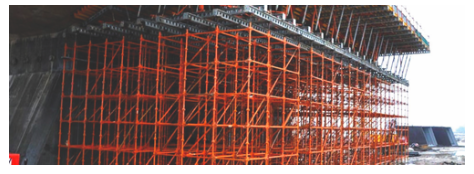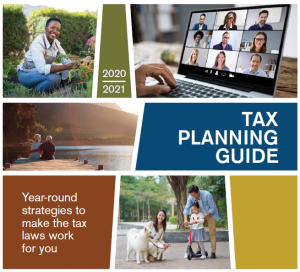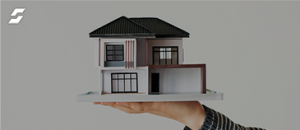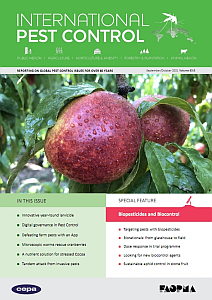Toolbox Talks
When the venture is in progress, direct toolbox chats on a day-to-day or week-by-week premise to support your attention on security. Toolbox talks now and again alluded to as rear-end gatherings or security briefings are short, casual wellbeing gatherings held toward the beginning of every day or shift- Visit Website .
Toolbox talks are an extraordinary method for building up well-being essentials, center around high-risk situations, and illuminate laborers about changes to the place of work and working circumstances that might have happened since their last shift. Make certain to examine cover any mishaps or wounds that have happened and how they might have been forestalled.
Toolbox talks can be broken out into more modest gatherings to zero in on individual exchanges or work exercises for specific people. Try not to hold a toolbox chat on electrical wellbeing if site work and unearthing is the main thing being done that day.
Severe weather conditions like a weighty breeze, snow, ice, and rain can make hazardous circumstances. Use toolbox converses to remind laborers to be additional mindful when the extra place of work dangers from the weather conditions are available or anticipated.

Use site investigations as showing minutes when perilous work activities or conditions are noticed. Assuming that you notice laborers strolling around without hard caps on one day, center your next toolbox and talk around the appropriate choice and utilization of PPE.
Make certain to zero in on the positive, as well. Toolbox talks ought to feature safe working practices seen to give encouraging feedback and commend laborers who are complying with well-being rules and guidelines.
Toolbox talks are an incredible chance to have representatives investigate the hardware, tools, and PPE they will be working with that day to guarantee they are in appropriate working condition.
6 Keys to a Successful Toolbox Talk
- Keep it short. Toolbox talks ought to associate with 5 – 10 minutes.
- Get laborers required by seeking clarification on some pressing issues or having them exhibit safe work rehearses.
- Make certain to cover changes to the site or working circumstances.
- Have representatives assess tools, gear, and PPE.
- Take into account questions and replies toward the finish of the toolbox talk.
- The web is an incredible asset on the off chance that you are searching for thoughts or points for your next toolbox talk. Locales like CPWR, oshatraining.com, and Safety Toolbox Topics offer free points and conversations for your next toolbox talk.
Well- Trained
Every new representative, no matter what their work insight, ought to be prepared on safe work rehearses, PPE prerequisites, and adherence to somewhere safe and secure guidelines. Formal security preparation ought to be organized into absorbable squares of data to expand on the examples recently instructed.
Representatives ought to have the option to perceive work environment perils and perilous working circumstances. Assess your workers’ security information with tests and tests to guarantee that the preparation they have been given is perceived and they have held the information they have learned.
Well-being preparation ought not to be restricted to new representatives. Supplemental classes and progressing preparation help save well-being a top-of-mind need for your representatives and builds up your organization’s obligation to somewhere safe.
Remedial measures, for example, retraining ought to be important for any disciplinary activity when a representative is viewed as working dangerously or ignoring security prerequisites. It’s generally smart to do a little research before giving over discipline. Decide whether the way of behaving was a barefaced dismissal of the security rules or whether it was a consequence of lacking well-being preparation.
Consistently assess and make acclimations to your experience depending on the situation to guarantee you are furnishing your workers with the information to protect them in the place of work and support your well-being in society.






